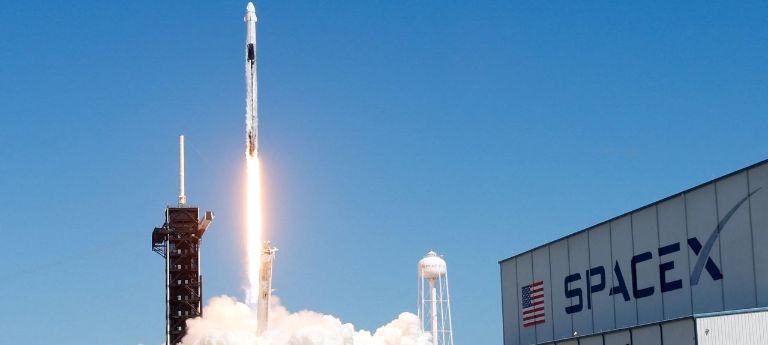SpaceX’s application to deploy up to 7,500 satellites was approved by the US Federal Communications Commission (FCC) on Thursday, but other decisions were put on hold.
SpaceX’s Starlink, a quickly developing organization of in excess of 3,500 satellites in a low-Earth circle, has a huge number of clients in the US up until this point, with buyers paying no less than $599 for a client terminal and $110 every month for administration. SpaceX’s plans to deploy up to 4,425 first-generation satellites were approved by the FCC in 2018.
SpaceX has looked for endorsement to work with an organization of 29,988 satellites, to be known as its “second-age” or Gen2 Starlink heavenly body to radiate web to regions with practically no web access.
The FCC stated in its approval order that “our action will allow SpaceX to begin deployment of Gen2 Starlink,” which “will enable worldwide satellite broadband service, helping to close the digital divide on a global scale.” This will bring next-generation satellite broadband to all Americans.
The FCC stated that its decision would safeguard “spectrum and orbital resources for future use” and “protect other satellite and terrestrial operators from harmful interference and maintain a safe space environment.”
As part of SpaceX’s push to provide space-based broadband internet, an appeals court in the United States upheld the FCC’s 2021 decision to approve the deployment of some Starlink satellites at a lower Earth orbit than planned in August.
SpaceX challenged the FCC’s decision to deny it $885.5 million in subsidies for rural broadband in September. In August, FCC Chairwoman Jessica Rosenworcel stated that while Starlink’s technology “has real promise,” it was unable to fulfill the requirements of the program. She cited data that indicated a steady decline in speeds over the course of the previous year and argued that the service’s price was too high for consumers.





